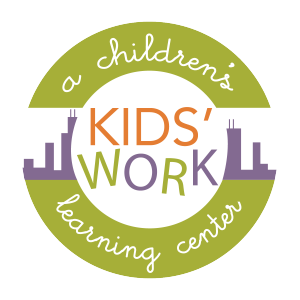Some of the greatest gifts we can give children are awareness and empathy. And reading, of course! This edition of additions to your Little Reader’s Library will help give all of those gifts!
All families, neighborhoods, daycares, classrooms, and social groups are diverse mixes of personalities, backgrounds, ethnicities, and abilities. Every person has things in common with one another, and every person has differences. Some are born with their differences, some develop them over time, and some happen to us along the way.
These stories for young readers help give insight and understanding into some common disabilities and different experiences others live with every day – and that you and your child may well encounter in your very own family, social group, daycare or classroom. And when you do, it’s a great chance for your child to make a new friend with rich and varied life experiences! Familiarizing yourself and your child with these different life experiences by integrating these stories into your personal library at home is a great start to make that chance an easy and fun opportunity for everyone!
1. Wheelchair Use – Best Friends by Sheri Safran
Best Friends is a 16-page pop-up book for children ages 3-5 in Preschool to Kindergarten. It’s about a boy in a wheelchair and his best friend who have all sorts of fun together – from pretending they’re pirates on a ship, to being mountain climbers, Olympic sprinters, astronauts, or just plain swimming and playing basketball together. This book shows children that a disability doesn’t change who a person is on the inside, and the main story is about two friends who have a great time together – simply because they’re best friends.
2. Autism – A Friend Like Simon by Kate Gaynor
This book is a helpful introduction for young neuro-typical peers, classmates, or siblings to learn about autism. The story follows a young autistic child, Simon, and some of the challenges he faces when he joins a “typical” classroom. Readers ages 4-8 in Preschool to Grade 3, will learn how to be mindful of, caring and patient with their autistic classmates/peers, as well as the many ways an autistic child can contribute to friendships and the community in which they live.
3. Hearing Impairments – El Deafo by Cece Bell
A book with a funny name and also a Newbery Honor book, this graphic novel memoir for slightly older readers ages 8-12 in Grades 3-7, portrays Cece Bell growing up with a giant hearing aid strapped to her chest and her move to a new school and subsequent adventures of trying to find her place there. In real life, there are many children with hearing impairments, yet few books that depict life with hearing aids, and this is a great one! Through this touching story, Cece shows how “any difference can be turned into something amazing.”
4. Dyslexia – Fish in a Tree by Lynda Mullaly Hunt
A chapter book for ages 10 and up in Grades 5-6, Fish in a Tree shows the main character Ally first showing disruptive avoidance techniques (some very elaborate!) to hide her dyslexia, but in the end coming to accept her dyslexia and working with it in better ways, and how her world and relationship with her peers, and herself, then blossoms.
Happy reading!


